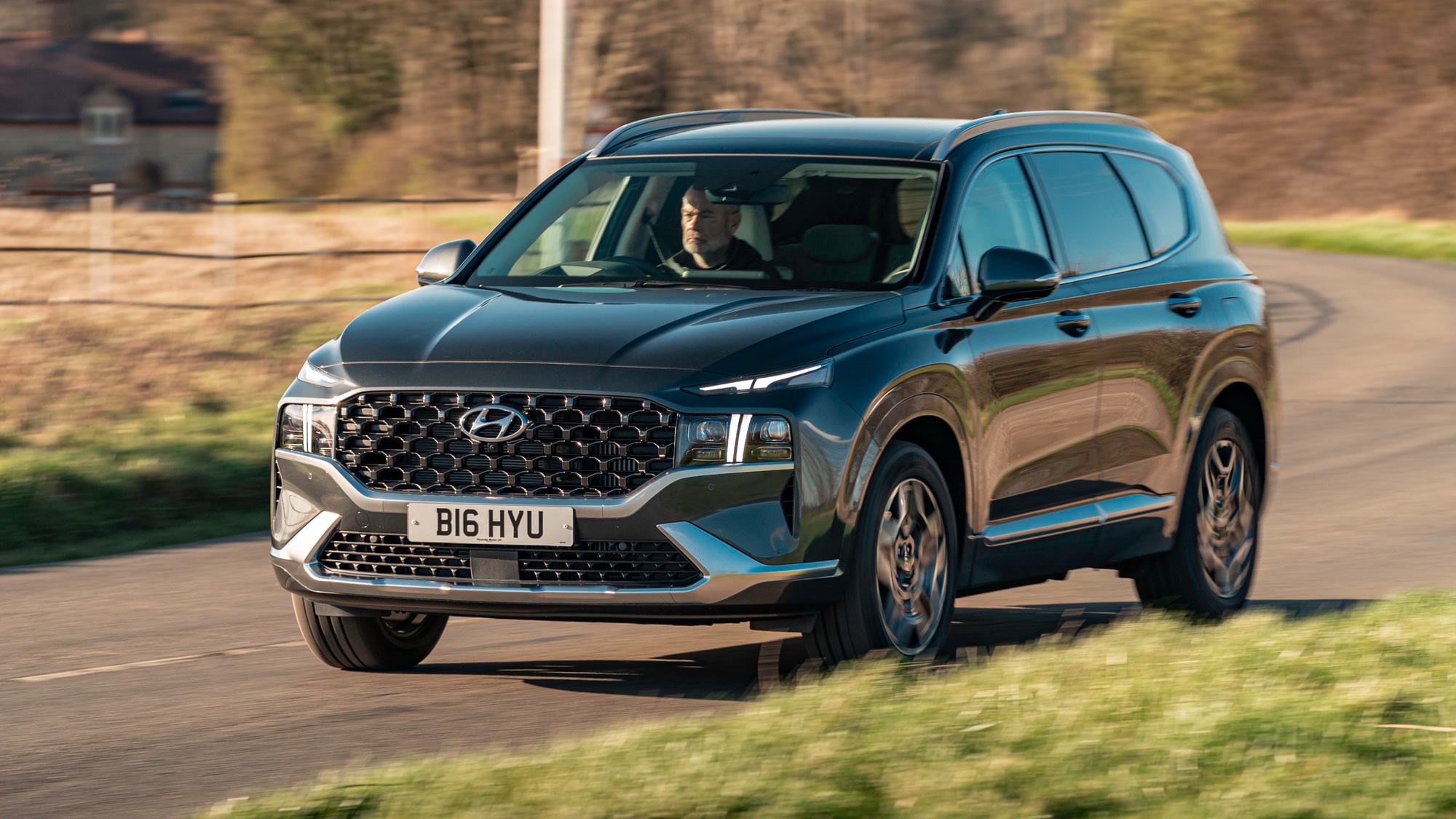Introduction
The engine in your car is arguably the most important part. It’s what makes your car work and it can be the difference between a smooth ride and a rough one. If you’re shopping for a new car, there are many different types of engines out there. So how do you know which one is right for you? The answer depends on what type of driving experience you’re looking for as well as other factors like price tag and fuel efficiency (which we’ll touch on later). In this post, we’ll break down the four major types of engines—inline 4-cylinder (I4), V6, V8, and flat-plane V8—and why each one has its strengths and weaknesses so that when it comes time to buy your next ride, you can make an informed decision based off what matters most to YOU!
1. Inline 4-cylinder
Inline 4-cylinder engines are the most common type of engine. They’re used in everything from small cars to trucks, and they come in all shapes and sizes.
Most consumers associate 4-cylinder engines with economy cars and compact sedans, but they can also be found under the hoods of larger vehicles like SUVs and crossovers. The reason? These power plants offer plenty of horsepower while still being efficient enough to save you money at the pump over time. In fact, some automakers have even begun offering turbocharged versions of their inline 4-cylinder engines–a technology that allows them to produce more power than ever before while still delivering excellent fuel economy!
2. V6
V6 engines are a very common engine type, found in cars and trucks as well as SUVs. They’re also the most popular engine type for sports cars and sedans.
A V6 engine has three cylinders on each side of its block (six total), which makes it more compact than an equivalent V8 but still provides plenty of power. The offset placement allows for better weight distribution and less vibration than larger inline engines with fewer cylinders. In addition to being more efficient than straight sixes or flat fours, a 90-degree V6 can be mounted transversely or longitudinally depending on what kind of vehicle you have–this gives manufacturers more flexibility when designing their cars’ chassis architecture so they can achieve optimal handling characteristics while keeping costs down by using existing components like transmissions or axles from other vehicles within their lineup.
3. V8
A V8 engine has two banks of four cylinders. It is often found in sports cars and high-performance vehicles because it can produce a lot of power from a relatively small package. The V8’s large displacement makes it possible for it to achieve good torque at low speeds, which is ideal for accelerating or climbing hills.
The cylinder firing order of an eight-cylinder engine is 1-5-3-6-2-4-7-8 with each pair separated by 90 degrees (like an inline four). This means that each bank fires every other revolution; one bank fires on even numbered crankshaft revolutions while the other fires on odd numbered ones. This pattern helps ensure smooth operation as well as reduce vibration due to unbalanced forces caused by counterweights rotating at different speeds on opposite sides of their shafts
4. Flat-plane V8
Flat-plane V8s are a type of engine that is becoming increasingly popular in supercars and high-performance sports cars. They’re also used in some trucks, but we’re going to focus on their applications in the automotive world.
Flat-plane V8s have several advantages over other V8s, including:
- They’re more compact than traditional engines because they have fewer components (i.e., two banks instead of four). This means they take up less space under hoods and allow for better weight distribution throughout vehicles’ bodies–a big deal when it comes to handling dynamics!
- Their design makes them more efficient when compared against conventional cylinders because they don’t need camshafts or followers like most other engines do; instead, each piston has its own valve lift mechanism mounted directly onto it so that air can pass through freely without restriction while being pushed downward into combustion chambers where fuel will ignite upon contact with hot exhaust gases from previous cycles (i’ll explain this further later).
There are many different types of engines and they each have their benefits and drawbacks.
There are many different types of engines and they each have their benefits and drawbacks. The number of cylinders an engine has can vary, as can how they’re arranged. Some engines run on gasoline (with spark plugs), others run on diesel fuel or natural gas.
The most common types of internal combustion engines include:
- Four-stroke gasoline-powered engine: A four-stroke engine is the type found in most cars, trucks, SUVs and light duty trucks today. The first stroke refers to intake (when air enters through an intake valve), second is compression (where air is compressed by a piston), third is ignition (where fuel mixes with air) followed by expansion/exhaustion during which exhaust gases exit via an exhaust valve at high pressure levels.* Two-stroke diesel engine: This type was used extensively in older model cars but has been phased out due to stricter emissions standards set forth by the Environmental Protection Agency.* Three-cylinder two-cycle gasoline engine: This type was popularized by European manufacturers like BMW who used it as part 2nd gear option in some models during 1990s; however due higher cost compared conventional four cylinder engines many automakers stopped production around 2000s.* Four Cylinder Inline Straight Six Engine: This configuration consists six cylinders arranged inline across one bank so that all cylinders share same crankpin axis thus forming single plane crankshaft configuration; if each pair shared common crankpin axis then we’d call them V6 instead.”
Conclusion
Now that you know the different types of engines, it’s time to go out there and get yourself a car! You can even use our handy guide as a reference when it comes time for maintenance or repair work.



More Stories
How Engine Tuning Can Improve Your Car
Car Math: Fuel Economy & Actual MPG
How Different Types of Car Engines Work